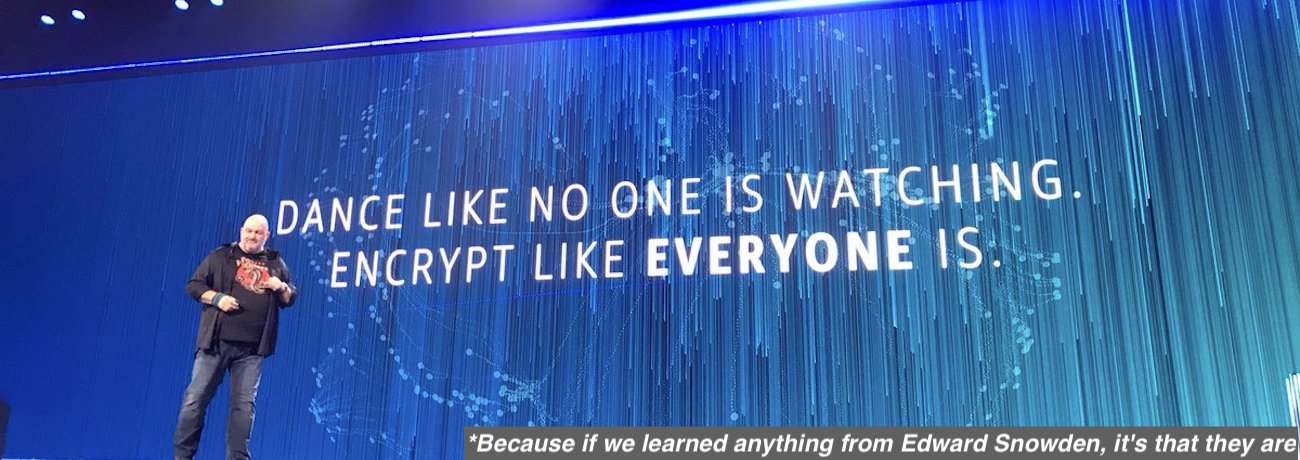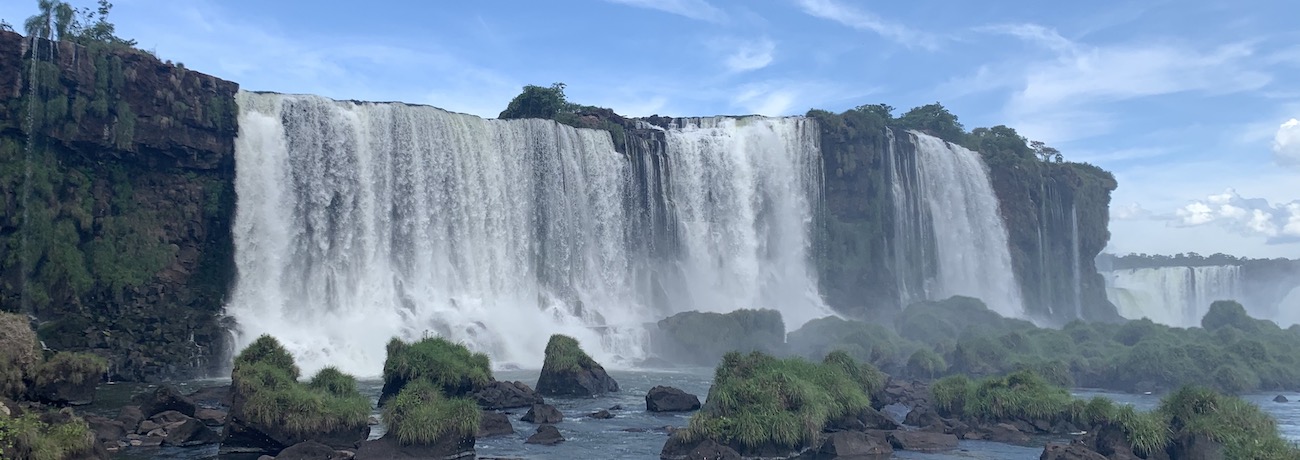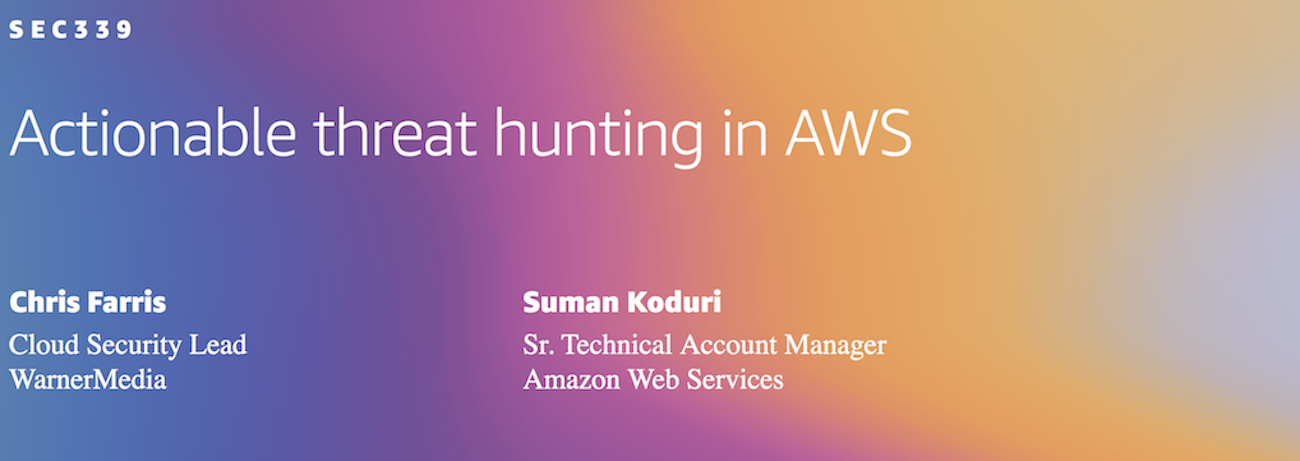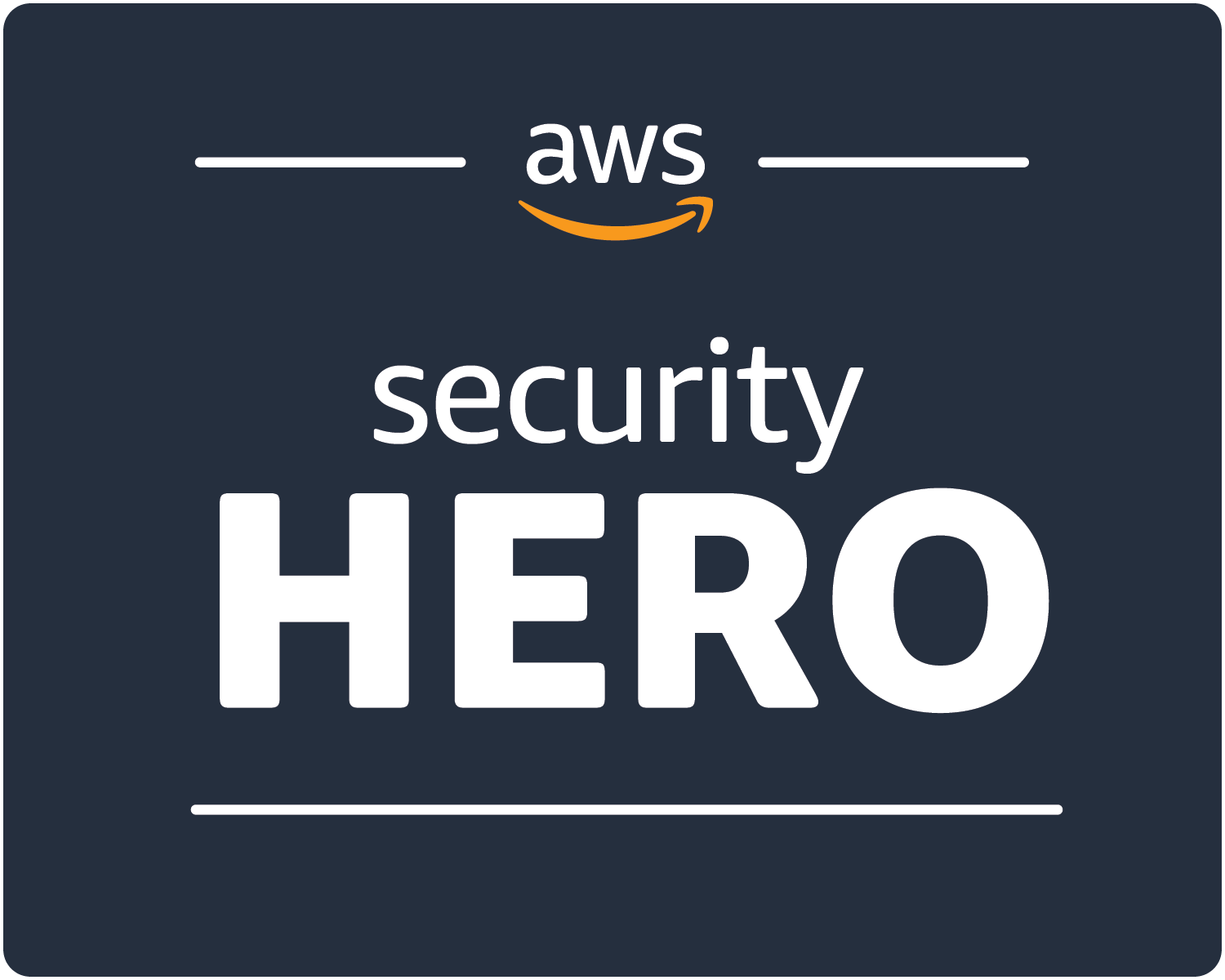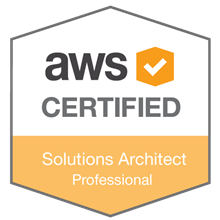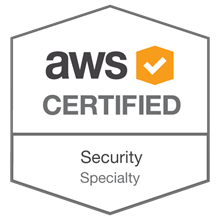I seem to be spending a lot of time discussing the Cloud Service Provider’s (CSP) side of shared responsibility, and no where near enough time discussing our side of shared responsibility. Time to throw down more thoughts on why you need to worry less about AWS, Azure and GCP’s engineering, and spend more time focused on your own security hygiene.
Don’t lose sight of the fact that "95 percent of cloud security failures will be the customer’s fault.



